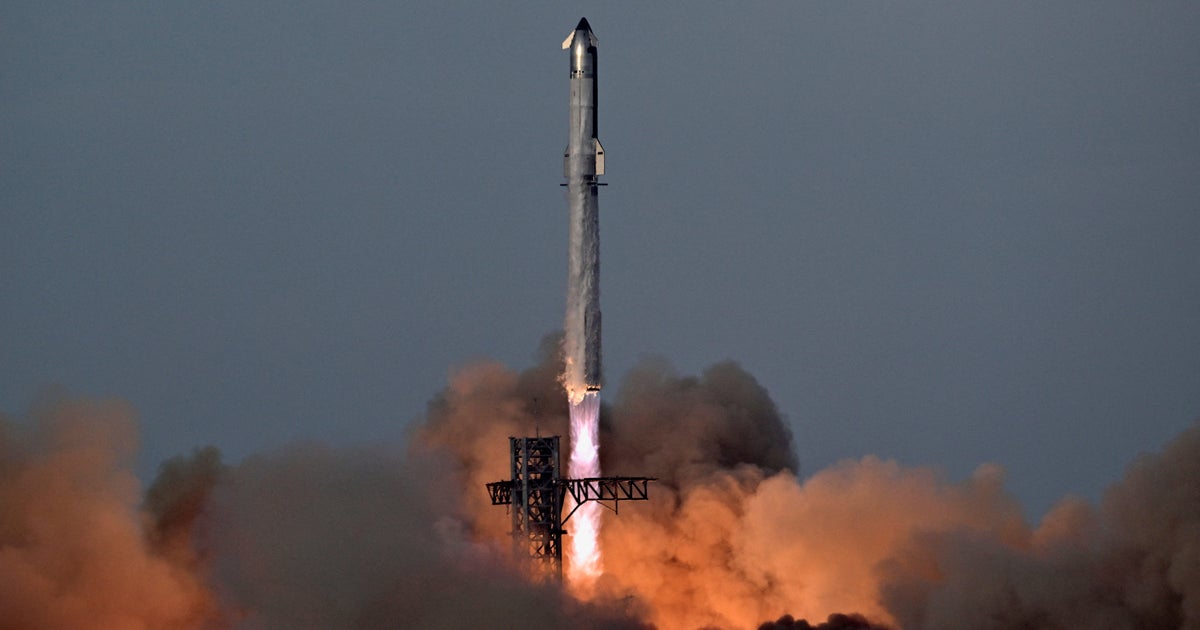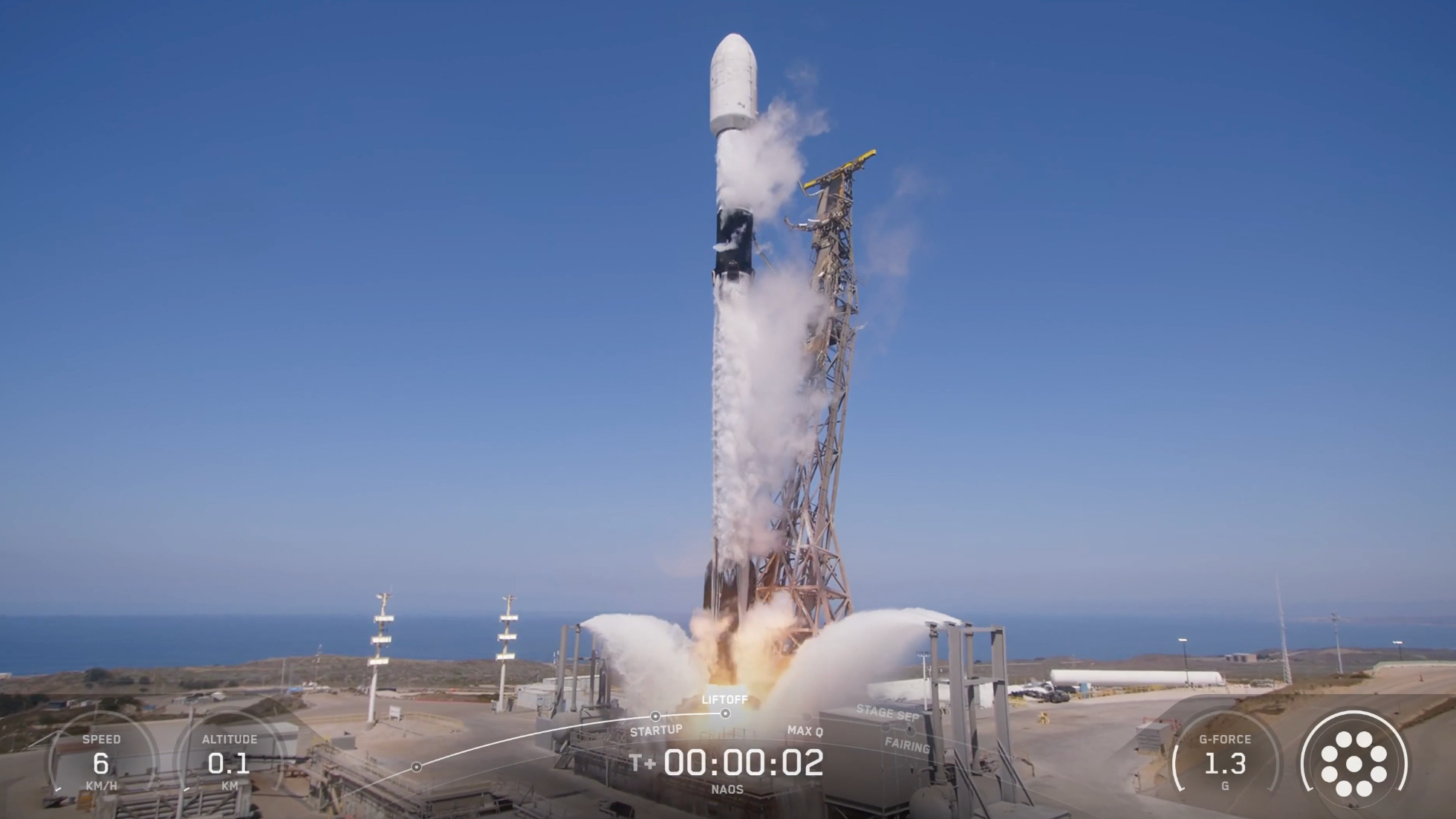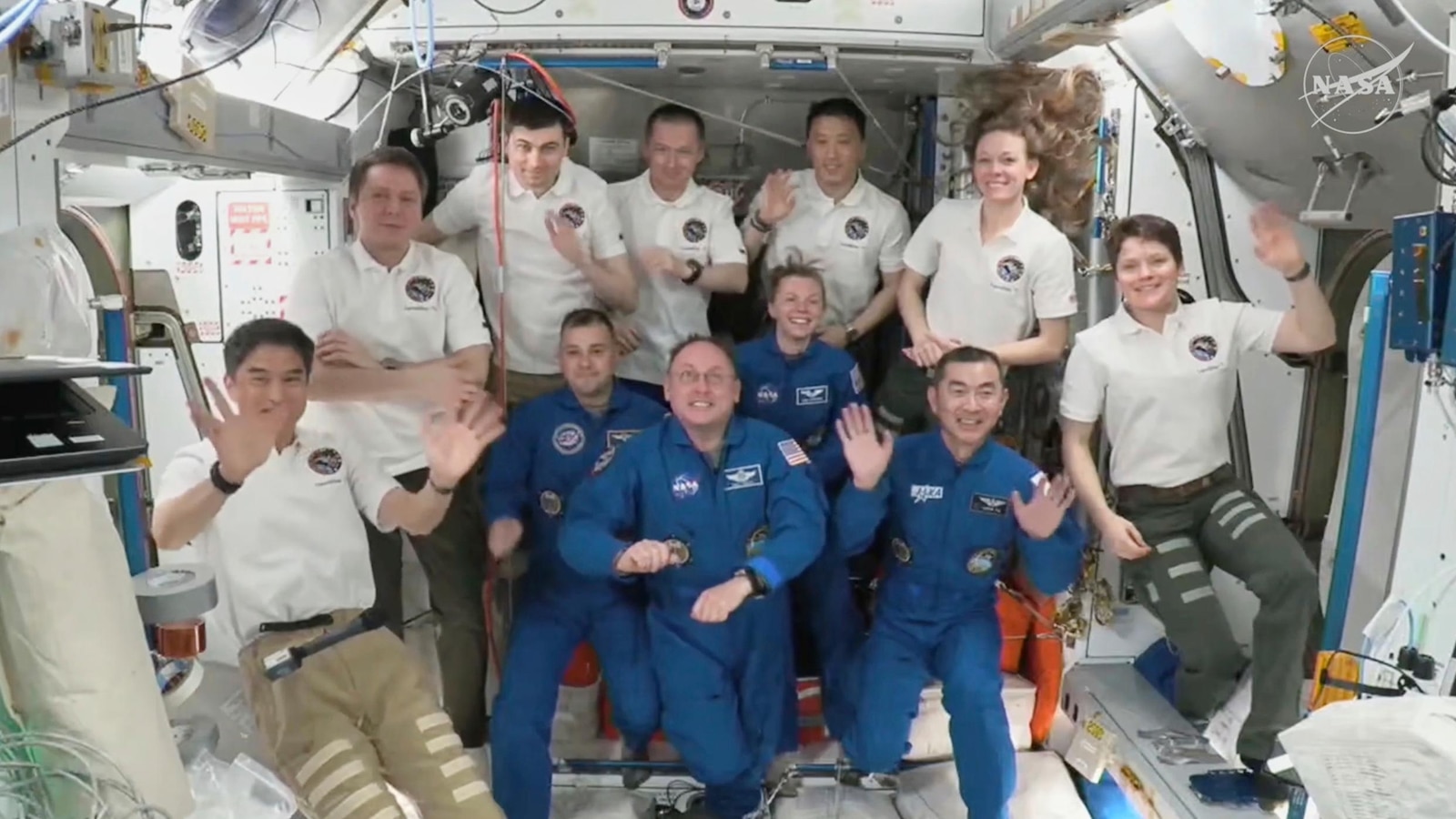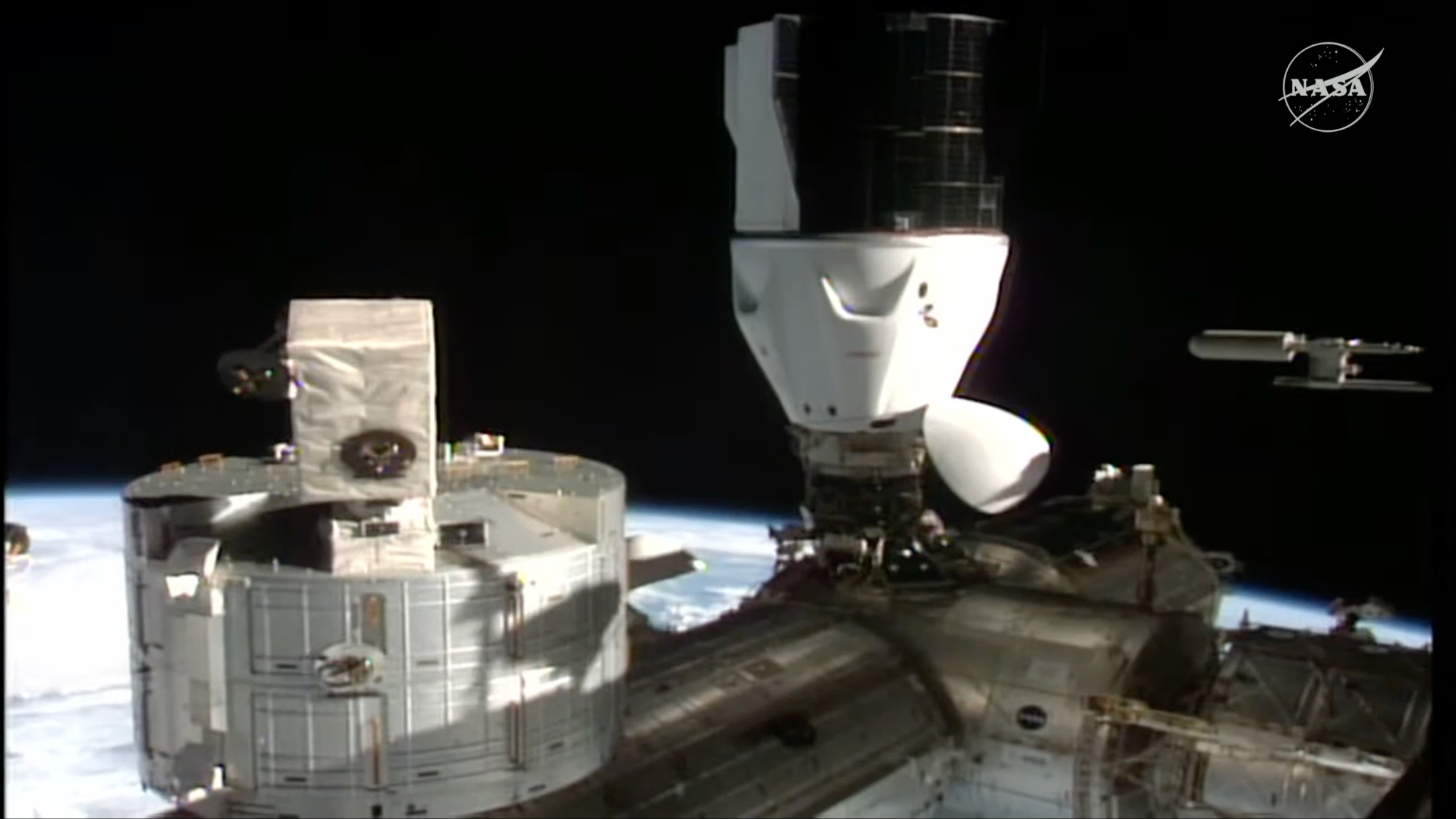SpaceX Software Glitch Delays ISS Cargo Delivery

Introduction
A recent cargo delivery to the International Space Station (ISS) experienced a delay due to a software glitch, not an engine failure as previously reported. According to Ars Technica, the cause of the premature engine shutdowns was a conservative software safeguard.
Key Details
The SpaceX Dragon cargo spacecraft was carrying essential supplies and equipment for the ISS crew. However, during its ascent, the engines shut down earlier than expected, causing a delay in the delivery. This was initially believed to be due to an engine failure, but further investigation revealed that it was a software issue.
The software safeguard was designed to prevent potential damage to the spacecraft, but it was overly cautious in this instance, causing the engines to shut down prematurely. This highlights the importance of thorough testing and fine-tuning of software systems in critical missions such as space travel.
Impact
This delay in cargo delivery may seem like a minor setback, but in the world of space travel, every second counts. The ISS crew relies heavily on these deliveries for their survival and research projects. This incident serves as a reminder of the challenges involved in space travel and the constant need for precision and reliability in technology.
However, this software glitch has also provided valuable lessons for future missions and the importance of continuously improving and refining software systems for the success of space exploration. With this knowledge, the next
About the Organizations Mentioned
SpaceX
SpaceX is a private aerospace manufacturer and space transportation company founded in 2002 by Elon Musk with the mission to revolutionize space technology and enable human life to become multiplanetary[3]. It designs, manufactures, and launches advanced rockets and spacecraft, pioneering reusable rocket technology to dramatically reduce the cost of access to space. One of SpaceX’s key achievements includes the development and operational success of the Falcon 9 and Falcon Heavy rockets, both featuring reusable first-stage boosters. This reusability has significantly lowered launch costs and increased reliability, enabling frequent commercial, scientific, and government missions. SpaceX has launched over 95 national security missions with these rockets, demonstrating maturity and trust from the U.S. Space Force and other agencies[2]. Another major milestone is the Starlink satellite constellation, with nearly 6,900 satellites currently in orbit as of 2025. Starlink aims to provide global broadband internet service, especially in underserved regions, making it one of the largest satellite constellations in history[1]. This ambitious project also serves as a revenue stream to fund SpaceX’s broader goals. Looking ahead, SpaceX is developing Starship, a next-generation fully and rapidly reusable super heavy-lift launch system designed to carry large payloads and humans to the Moon, Mars, and beyond. Elon Musk envisions Starship enabling mass transport to Mars, with the potential to launch multiple times a day, dramatically increasing total mass sent to orbit annually, far surpassing all previous space launch capabilities combined[1][2]. Pending environmental reviews, Starship’s first launch from Florida’s LC-39A is planned for late 2025[2]. Despite these advances, SpaceX remains privately held, with limited public insight into its financial health. Questions persist around the profitability of Falcon launches, Starlink operations, and future Starship missions, especially given the enormous funding required for Mars colonization[1]. Nonetheless, SpaceX continues to inspire both enthusiasm and debate in the business and technology
International Space Station
The **International Space Station (ISS)** is a modular space laboratory and orbital outpost operating in low Earth orbit since 2000, serving as a unique platform for scientific research, technology development, and international cooperation in space. It was designed between 1984 and 1993 and constructed through a partnership among NASA (USA), Roscosmos (Russia), ESA (Europe), JAXA (Japan), and CSA (Canada), with contributions from multiple countries and commercial partners[2][3]. The ISS functions as a laboratory, observatory, and factory in microgravity, enabling experiments across biology, physics, materials science, and Earth observation that are impossible on Earth. It also acts as a staging base for future deep-space missions to the Moon, Mars, and asteroids. Over 290 individuals from 26 countries have visited the station by 2025, reflecting its role as a hub for international collaboration[2]. Key achievements include continuous human presence in orbit for over 25 years (celebrated in 2025), advancements in medical research such as gene therapies for macular degeneration, and studies of muscle aging using tissue chips in microgravity. The ISS supports innovative commercial activities, including partnerships with private companies like SpaceX and Axiom Space for crew transport and module additions. Recent Russian modules like *Nauka* and *Prichal* have expanded the station’s capabilities, supported by robotic systems such as the European Robotic Arm[1][2][4][5]. Currently, the ISS operates with a crew executing expeditions and spacewalks, conducting experiments like the NICER X-ray telescope, and supporting commercial and educational missions. The station’s modular design allows for adaptability, with 43 modules installed as of mid-2025. NASA’s ongoing plans emphasize expanding scientific output, growing the low Earth orbit economy, and maintaining the ISS as a testbed for future exploration[1][2][3]. Notably, the ISS also fosters public engagement throug













